Rules for planting and caring for garden buttercups
Ranunculus (garden buttercups), introduced to Europe from Asian countries, occupy a central place in the garden plots of many Russians. Beautiful flowers do not require a lot of time to plant and care. The main thing is to carry out operations on time, following the recommendations of experienced florists.
Brief description and main types
Herbaceous perennial can grow above half a meter, up to 600 mm. The root system consists of small tubers connected by sprouts. The stem is branched, covered with bright green foliage, which resembles the structure of dahlia leaves. Flowers can be up to 100 mm in diameter.
Depending on the variety, a double or simple flower develops, the buds diversify the garden range with pink, cream, yellow, orange, red. Some varieties have two colors. The plant retains its fresh appearance for 7 days after cutting.
Important
Please note: buttercups are poisonous plants; pets should not be allowed to eat them. Avoid close contact with flowers of small children.
Among the garden species are:
- Asian - plants with a cap of beautiful double flowers. Among this species, attractive, with various colors, peony flowers are distinguished;
- garden buttercups were introduced half a century ago. During this time, the popularity of these flowers did not diminish, although at the end of the last century they were considered very simple and unattractive colors.
In our plots, they also grow various wild-growing varieties of flowers, which have a simple, not terry flower surface.
Reproduction methods
Already existing buttercups are usually settled by separating nodules, the procedure is almost painless for the mother plant. If the flowers are being planted for the first time, the most popular way is to purchase seeds from a specialty store.
Seeds
In theory, the seeds can be harvested on their own and used to breed buttercups. To do this, you need to wait until the first flowers dry, place the heads in a tight paper bag and shake. The seeds are stored in the same package. However, collecting buttercup seeds is quite problematic. Therefore, more often gardeners go to the store. Any seeds are sown according to the same pattern.
Operating procedure:
- In autumn, add humus, sand, peat to the soil.
- In February, fill the soil into separate containers or seedling boxes and moisten it from the sprinkler.
- We make grooves at a distance of 50-70 mm from each other and distribute the seeds.
- Fill up with soil, moisten from a spray bottle and cover with foil or glass.
- We remove the containers in a shaded place with room temperature. We must periodically remove the condensate without fail. To do this, remove the glass and brush off the drops. We check the soil moisture and, if necessary, moisten it from the sprinkler.
- After 15-20 days sprouts hatch. Now we rearrange the seedlings in a lighted place, but without direct sunlight.
- When the 4th real leaf appears on the bushes, we dive the seedlings and settle them in separate cups.
This is a rather complex technique that requires starting work in advance and spending a lot of time and effort growing seedlings.
Rhizome
Using this method, we get ready-made seedlings already on the second day, and budding does not lag behind and begins at the same time as that of seedlings.
The buttercup root system is similar to the sea wonder-yudo. It is harvested in the pre-winter period and stored in a cool cellar or refrigerator.If you had to buy nodules at the store, pay attention to the condition of the roots. They must not be dry or damaged. If, by bending a nodule a little, you break it, this means that such seedlings simply will not sprout and the money will be wasted.
We choose the largest, well-developed nodules with a sufficient number of sprouts below. Before planting, we breed a strong solution of potassium permanganate and treat the tubers with it from possible diseases and parasites:
- We immerse the nodules in a dark, saturated color solution of manganese for 30 minutes.
- We wrap each nodule in a wet cotton cloth and leave for 3-4 hours.
- Then we put a bag with seedlings in a refrigerator or cellar for 24 hours.
- The next day, the roots will swell. You can start preparatory work and planting a plant in a flower garden.
This simple method allows you to preserve the varietal qualities of the mother plant and does not require a lot of time. Just two simple steps and two days of time, and your buttercup seedling is ready to plant.
Soil preparation
We choose an illuminated area on the flower garden, but without direct sunlight. Buttercups do not tolerate constantly blowing winds or drafts - this must also be taken into account. The most successful solution is to plant buttercups near a stunted shrub or young tree, which will protect the flower from adverse conditions. You can settle garden buttercups in a sunny place, but in such conditions, the flowering time will be greatly reduced and, in general, the normal development of the plant is disrupted.
We select or prepare the soil for planting loose, with a neutral level of acidity. If you need to correct the acidic dense soil, add lime, humus, sand and peat.
Advice
Next to bright and large flowers, the beauty of small buttercups will fade, and they deserve to be the center of attention.
Landing in open ground
Buttercups will not be able to withstand even a slight drop in temperature. Therefore, work begins no earlier than mid-May, when the soil has warmed up 80 mm in depth, and night frosts are no longer threatened. Nevertheless, it is worth stocking up covering material or just straw next to the bed in case of sudden freezing.
Operating procedure:
- We deeply loosen the prepared soil. Such soil will quickly absorb water, and it will not stagnate near the nodules.
- We make holes, the depth of which is at least 50 mm.
- Pour some sand at the bottom to drain the soil.
- We place ready, swollen seedlings or grown seedlings in the holes. At the same time, we pay special attention to the location. The tentacles of the "octopus" from the shoots must necessarily be located below the tuber.
- Carefully fill the hole with earth almost to the top.
- Water the seedlings with water and completely fill the holes with a layer of mulch.
- Be sure to fence the buttercups with a protective barrier. Otherwise, they will quickly spread as a rhizome over the entire accessible territory, oppressing neighboring plants.
Flowerbed care
The first shoots appear on the 18-20th day. The ground under the bushes should always be loose and moist, but not wet. Therefore, do not overuse watering - it is better to add a layer of mulch once again. Due to the fact that the rhizomes lie close to the surface, only the aisles are allowed to loosen. Under the bush itself, just update the mulch layer. We periodically feed developing plants with mineral nitrogen-containing fertilizers, alternating them with feeding with organic infusion.
The first flowers appear on the 60th day. The more comfortable buttercups feel, the more magnificent the budding will be. If there are few flowers, it means that mistakes were made during planting or cultivation, they should be corrected.
Budding is the time of potassium-phosphorus fertilization. They are fed with flowering buttercups at intervals of 15-18 days and we combine these operations with watering.
At the beginning of autumn, the foliage will turn yellow, and the budding will freeze.At this time, we stop watering and harvest planting material for the next year.
We dig out the nodules from the ground, wash them with warm water, remove the soil and dry the rhizomes in a shaded place. Pour a mixture of sand and peat or humus into a large bag and carefully place the rhizomes. We completely cover them with soil and put them in a dark, cool place. We perform all work very carefully: the material is extremely fragile and easily breaks.
Advice
It is worth choosing flowers for reproduction throughout the year, keeping an eye on the strongest and healthiest bushes.
We examine the rhizomes 1-2 times during the winter. At the first signs of disease or pest damage, the diseased tubers are removed, treated with fungicides and placed in a separate container for quarantine. If the nodules begin to rot, we clean them of rot and process the places with simple greenery.
Garden buttercups are one of the most beautiful flowers. The plant as a whole is unpretentious, but requires careful attention to the rules of planting and care both in the open field and when stored in the form of planting material. The reward will be a wonderful carpet, terry or simple, bright or delicate, but equally charming colors.
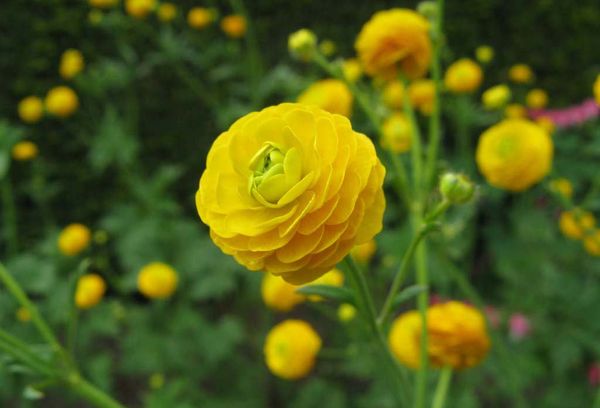
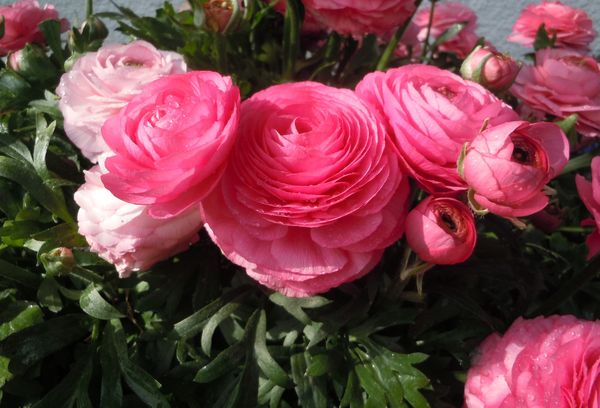
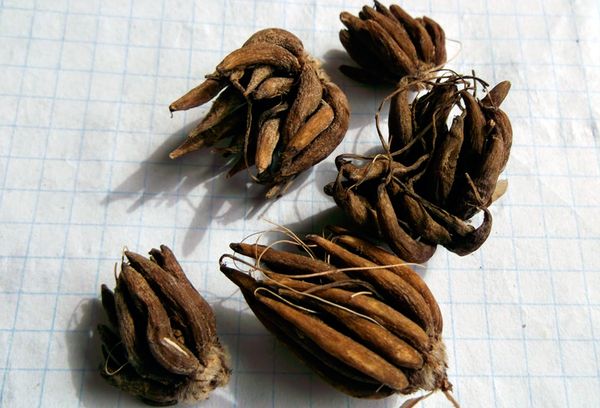
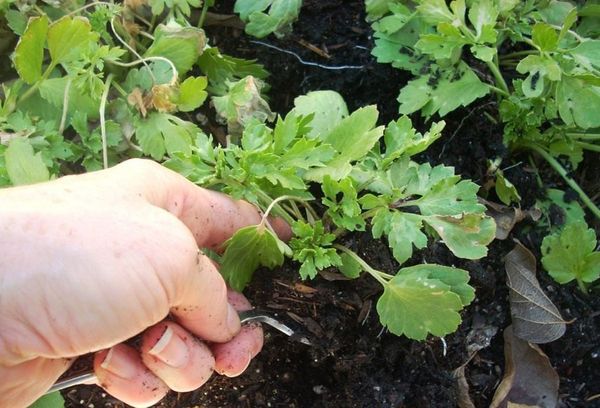

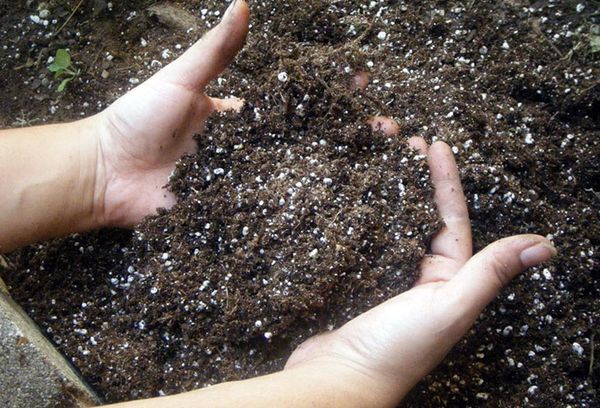
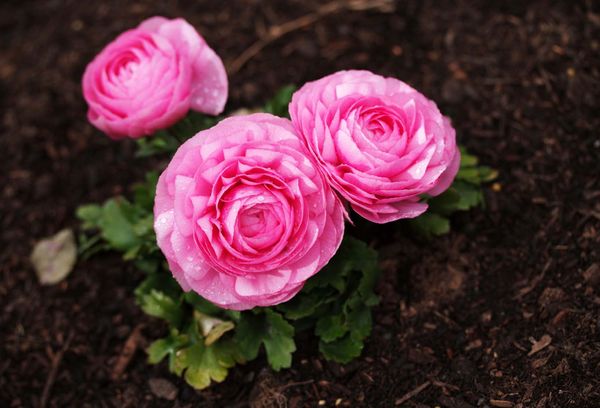

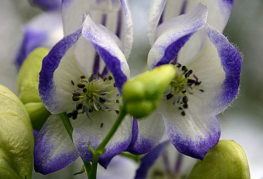
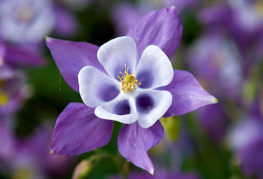
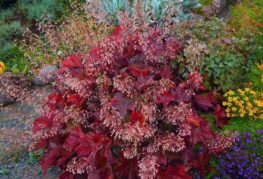
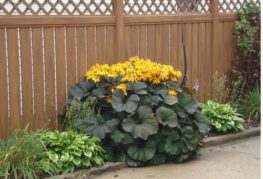
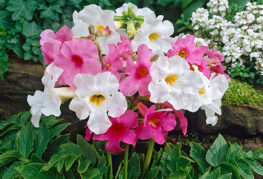
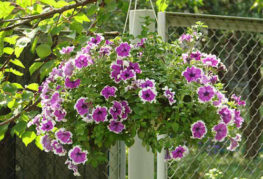
and will be published shortly.